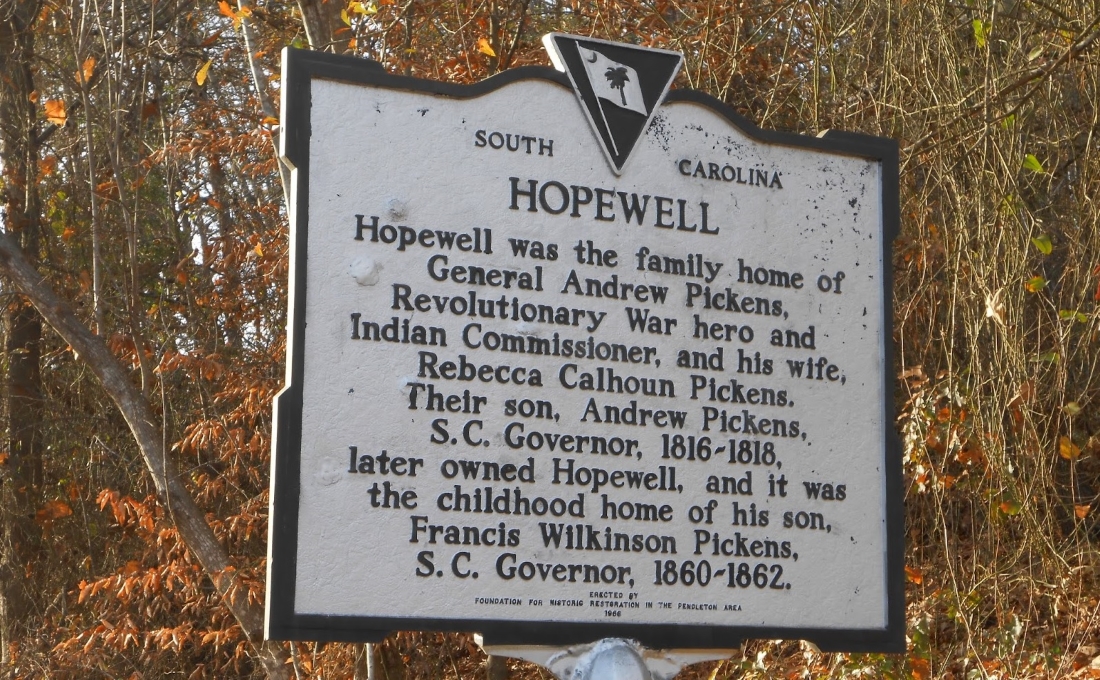Get to know a Federal Agency – The Administration for Native Americans
An Office of the Administration for Children & Families
There are 630 federal departments, agencies, and commissions. Approximately 400 have regulatory power. Half could be eliminated and most of the nation wouldn’t notice. The loss of liberty and freedom in the United States is proportional to the size and scope of the federal government. The larger the federal government gets; the fewer the rights the 50 states, and the people, retain.
– Ed Haas
At one time there were more than three hundred distinct Indigenous languages spoken in the United States. Approximately one hundred seventy-five remain today. According to The Administration for Native Americans, by 2050, only twenty languages will still be spoken unless aggressive recording efforts take place. Sixty-five Indigenous languages are already extinct. Seventy-five languages are near extinction, with only a few elder speakers left. When all the elder speakers of a particular language die, the language will be lost forever. Time is of the essence.
In September 2021, the Administration for Native Americans awarded approximately $20 million in grant funding to 210 recipients of the Native Language Preservation and Maintenance Emergency grant through the American Rescue Plan Act of 2021 (ARP). This ARP funding supported federally and state recognized Tribes and Alaska Native, Native Hawaiian and Pacific Islander community organizations as they sought to ensure the survival and continuing vitality of Native American languages.[1]
Established in 1974 through the Native American Programs Act (NAPA), the Administration for Native Americans promotes self-sufficiency and cultural preservation for Native Americans by providing social and economic development opportunities through financial assistance, training, and technical assistance. The work required to retain and revitalize Indigenous languages is an important part of cultural preservation.
The Administration for Native Americans (ANA) serves all Native American populations, and embraces the goal of Native American self-determination first endorsed by President Johnson in 1968 and later by President Richard Nixon. President Johnson’s War on Poverty laid the foundation for The Administration for Native Americans.
According to the 2020 US Census, there were approximately 6.79 million Native Americans living in the United States, representing 2.1 percent of the total population. Based on the data from the 2018 US Census cited by Poverty USA, Native Americans have the highest poverty rate among all minority groups. The national poverty rate for Native Americans was 25.4%, while Black or African American poverty rate was 20.8%. Among Hispanics, the national poverty rate was 17.6%. The White population had an 8.1% national poverty rate during the same period.[2]
If the Administration for Native Americans promotes self-sufficiency and cultural preservation for Native Americans by providing social and economic development opportunities through financial assistance, training, and technical assistance, it needs to change its methods. Not all “cultural preservation” is beneficial, particularly in certain communities of indigenous people where a culture of poverty has persisted since Indians were forced from their lands by the federal government as early as 1785, with the signing of the Treaty of Hopewell in Georgia[3].
There are a wide range of anti-poverty programs within the federal government. Some have been operating for nearly sixty years. Despite the trillions of dollars spent since the 1960’s, the same groups of people, the same subset of communities remain impoverished. It seems that no matter how much money the government throws at the poor, these populations remain stuck in a vicious cycle of cultural poverty. The fact that Native Americans have the highest poverty rate among all minority groups after all the resources that have been poured into those communities by the federal government is evidence of a failed strategy.
The poverty-perpetuating value system that persists today in certain communities across the country did not originate from within. Oppression and discrimination by outsiders who attempted to assimilate Native Americans into European occupations, religions, and social belief / behavioral systems set indigenous people up for failure from the very start. Broken treaties and stolen land added insult to injury.
When each passing generation remains stuck in poverty-stricken despair, hope becomes a lost cause. Children grow up to be just like their parents, or worse off. Reliance upon the federal government for food, water, and shelter destroys self-worth and all but guarantees the generational poverty-perpetuating value system coming full circle. When assistance becomes permanent, it’s no longer assistance. It’s sustenance.
Under the umbrella of the U.S. Department of the Interior / Indian Affairs and the Department of Health and Human Services there are hundreds of programs and services designed to benefit and assist Native Americans. There is not enough focus and effort to correctly reverse the cycle of cultural poverty within the indigenous populations. It should be assumed the federal government doesn’t know how to end poverty other than to give away other people’s money. It should be concluded that giving away other people’s money does not eliminate poverty. It perpetuates it.
The redundancy of agencies, networks, and programs designed to assist Native Americans must be addressed and eliminated. Redundancy wastes valuable resources that could be benefiting actual Native Americans instead of being gobbled up by Washington D.C. bureaucracies. Preserving Indigenous languages is a worthy endeavor so long as its being done cost effectively. Embracing and encouraging the best parts of Native American culture is good for the nation as a whole. At the same time, trying something new to eliminate cultural poverty would be a sustainable reparation for the generations of Native Americans to come.
In 2022 the United States spent $29 billion on Native American Programs. As previously mentioned, the 2020 US Census data indicated there were approximately 6.79 million Native Americans living in the United States, representing 2.1 percent of the total population. This means the U.S. federal government is spending approximately $4,250 on each Native American annually!
Most Americans agree we need to help Native Americans, but are we really helping? We must do better.
Our national debt is $33.1 trillion. We must cut costs. Unpopular and difficult decisions must be made. (5 of 630 in this series)
– Ed Haas
[1] American Rescue Plan Award Recipients, https://www.acf.hhs.gov/ana/grants/2021americanrescueplanawardrecipients
[2] Racial Wealth Snapshot: Native Americans, Dedrick Asante-Muhammad, Esha Kamra, Connor Sanchez, Kathy Ramirez and Rogelio Tec, February 14, 2022, https://ncrc.org/racial-wealth-snapshot-native-americans/
[3] Indian Reservations, https://www.history.com/topics/native-american-history/indian-reservations





Comments are closed.